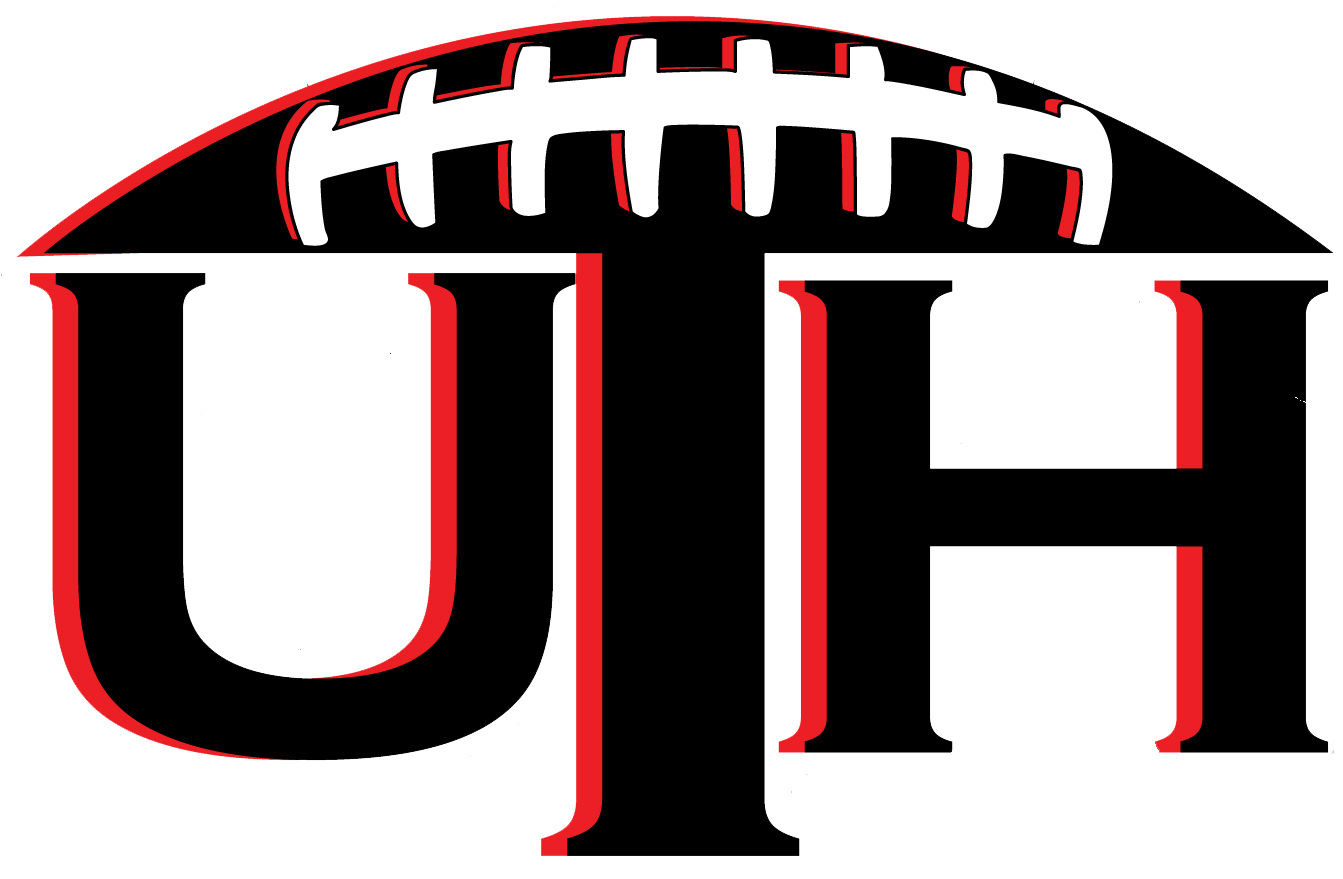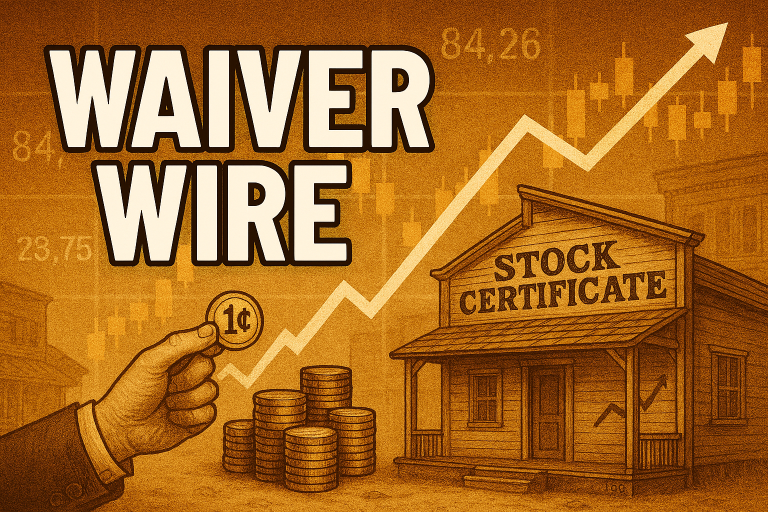I was recently in a developmental (devy) dispersal auction and found myself weighing the value of devy picks verse rookie picks and players. This topic has only been lightly explored by the fantasy community; this is mostly likely due to lack of data and complexity. Unfortunately, we do not have years of solid development pick ADP data. I consulted Ryan McDowell and Scott Fish, some of the gurus of dynasty ADP, and found out that we really only started doing developmental mocks and tracking the data this year.
The engineer in me could not stop there, so I gathered published rankings from the past few years and spent too many hours mining data in MFL. I was able to find at least ten startup developmental drafts and rankings for each year back to 2012. This is not enough data to make any strong conclusions. Although, I think we can make some observations that should shape our value of developmental picks. Rob Pitzer also recently took a nice stab at this topic from a little different angle.
Developmental Draft Data
The table below shows the average of success of developmental picks. The first table is for when the developmental pick is made one year ahead of when the prospect is draft eligible. The second table is for when the developmental pick is made two years ahead of when the prospect is draft eligible. The hit rate is determined by how many developmental picks on average from the range (on the row axis) fell in the top picks of rookie mock ADP. Essentially we are measuring the propensity of a development pick turning into a top rookie pick.
Hit Rate Observations
- Over 50% of the time, the top six developmental picks of prospects that are eligible in one year, turn into top rookie picks. An interesting take away is that the hit rate in the top 12 and top 24 does not ramp up like I expected. According this data the top devy prospects stay top rookie prospects or completely bust.
- If you are trying to land a top twelve rookie pick value within a year of the rookie draft, the odds are about the same no matter what development pick you have within the top 24. This may indicate that it wise to trade back if you have a pick outside the top six, and try to stock pile as many top 24 devy picks as possible.
- At first blush it appears that taking a top talent two years away from eligibility has as good or better odds than those prospects only one year away from eligibility. The next table down illustrates that there is a selection bias inflating the two-year success rate. It should also be noted that I had less data on the prospects two years out, since that essentially removed a years worth of players from the data set.
Selection Bias
The table below shows the average percentage of players taken in each round according to how many years the prospect has until NFL eligibility.
Eligibility Length Observations
- There is a trend that owners are taking the best prospects available in the first six picks no matter the eligibility length. This is illustrated by the high number of prospects being drafted that are eligible in two years. Even the three-year eligibility prospects are greater in the first six picks than any other set until pick 18.
- There is an interesting reversal between picks 6-12 and 12-18. It appears owners prefer less risky prospects in picks 6-12, gravitating to those players that will be NFL eligible in one year. Then in picks 12-18, it looks like owners are more willing to take on more risk with prospects are two years out from being eligible in the NFL.
- Not until pick 18 do we see a statistically significant increase in the number of players being drafted that have three years until they are draft eligible. This range of picks shows an interesting mix of the lower risk one year eligible prospects, and the high risk/high reward three-year eligible players.





